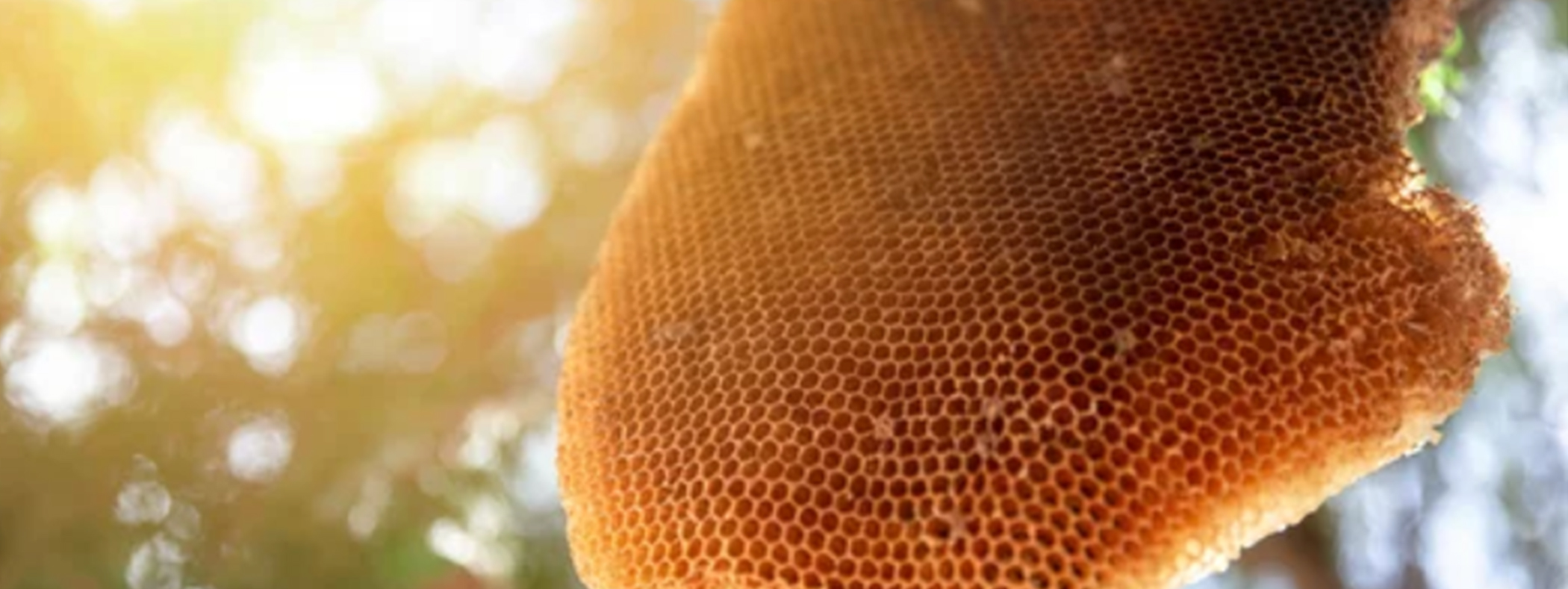Would Bees Make Honey on Your Property?

Understanding the difference between a wasp and a honey bee nest is important if you want to determine which type of infestation your home is facing. Once you’ve differentiated between the two, bee removal in Kitchener can safely and effectively eliminate any pests and ensure that they won’t reenter your home. In this blog, we take a look at where bees and wasps decide to build their nest and would bees make honey on your property?
Where Do Honey Bees and Wasps Nest?
Different species of bees have different preferences when it comes to the location of their nest. Honey bees tend to build their nests in crevices or hollow trees, while wasps set up shop in window sills, attic eaves or logs. Although you may have seen beehives depicted as hanging from a tree branch, this usually isn’t the case because it exposes the colony to potential danger.
If you do see a large group of honey bees on a tree branch, however, it’s probably a swarm. A swarm of bees indicates that they’ve left their old hive and are looking for a new place to construct their home. Don’t worry about getting stung by a swarm, as honey bees mainly sting to protect themselves or their nest. Because they don’t have a nest, they’re not likely to attack unless you disturb them.
How Do They Build Their Nests?
To make its hive, a honey bee needs to create wax. They achieve this by eating honey, converting the sugar inside its body and then secreting it through pores in its abdomen. Next, the bee will chew this substance to mix it with saliva, making it a pliable material.
If you’ve ever seen a honey bee nest before, you’ve probably noticed the distinct hexagonal pattern. Each of the hexagonal cells is made up of tiny mouthfuls of wax, and a typical nest can consist of up to 100,000 cells. The cells at the top of the nest contain honey, the middle ones store pollen and the lower cells are where young bees are birthed and raised.
On the other hand, wasps don’t have wax-producing glands. Instead, they create their nests from a papery substance derived from wood pulp. The queen wasp will scrape fibre from wood material and then chew it to mix the fibre with her saliva, similar to a honey bee with wax. Then, she spits out the substance at the specific build site in order to create a nest.
How Do Bees Make Honey?
There’s no doubt that honey is delicious. But did you know that it’s a complex and time-consuming process? In fact, a worker bee only makes about 1/12 teaspoon of honey in its short life of six weeks.
First, a worker bee will collect nectar by sucking it up from the inside of flowers. Once the bee returns to its hive, it passes the nectar to the “house bees,” which are responsible for chewing the nectar in order to change its pH and other chemical properties. Because the nectar contains too much water at this stage, the bees’ next task is to dehydrate it. To accomplish this, the bees will fan their wings over the honey to increase airflow and promote evaporation. The completed product is stored in the cells of the honeycomb, where it remains until the bees are ready to feast on it.
How Bee Removal in Kitchener Can Help
Although bees can be fascinating creatures to observe, they usually aren’t welcome house guests. The weight of their nest can threaten your home’s structural integrity, causing damage to your walls, chimney or roof. Enlisting the help of an experienced professional can give you the confidence that the bees in your home are safely removed and won’t re-enter. Call Truly Nolen today to learn more about our bee removal services.